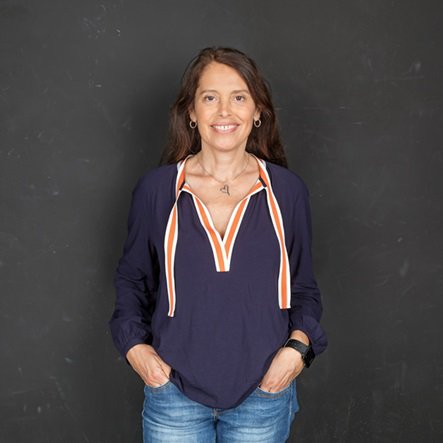Laura Suter-Dick

Laura Suter-Dick, FHNW
Prof. Laura Suter-Dick is a full professor at the School of Life Sciences, University of Applied Sciences Northwestern Switzerland (FHNW) since 2012. She is a European Registered Toxicologist (ERT) and leads the group for Cell Biology and in vitro Toxicology Prof. During her career in pharma, she specialized in investigative toxicology, with a strong focus on advanced in vitro systems, alternatives to animal methods, and toxicogenomics. She has ample experience in in vitro models for liver, kidney, nervous system, and blood-brain barrier.
In addition, Prof. Suter-Dick is the president of Biotechnet, the current vice president of the Swiss Toxicology Society (SST), and a member of the European society for in vitro Toxicology (ESTIV). She is involved in the Swiss Centre for Applied Human Toxicology (SCAHT) and the Swiss 3R Competence Center (3RCC).
Websites:
- http://www.fhnw.ch/lifesciences
- https://www.scaht.org/en/
- https://www.researchgate.net/profile/Laura_Suter-Dick
- https://www.linkedin.com/in/laura-suter-dick-21b82b1/
NextGen Basel 1
Modelling the Blood-Brain-Barrier in vitro
The Blood Brain Barrier is a double-edged sword. It protects the CNS from the exposure to potentially harmful chemicals but also prevents that beneficial therapeutics reach the brain. We propose tailor-made BBB models specifically designed for the detection of transcytosis of chemicals and nanoparticles, as well as the detection of toxicity.
Complex in vitro BBB models such as microphysiological systems (MPS) are essential for providing insight into the permeability of biologics across the BBB. Induced pluripotent stem cells (iPSC)-derived BMEC are ideally suited for such a complex model. However, simpler models, such as cell lines cultured onto transwell inserts can also provide useful information, for example with regard to the transcytosis of naked or chemically modified nanoparticles. In this presentation, we will focus on BBB models of increasing complexity and their applications.